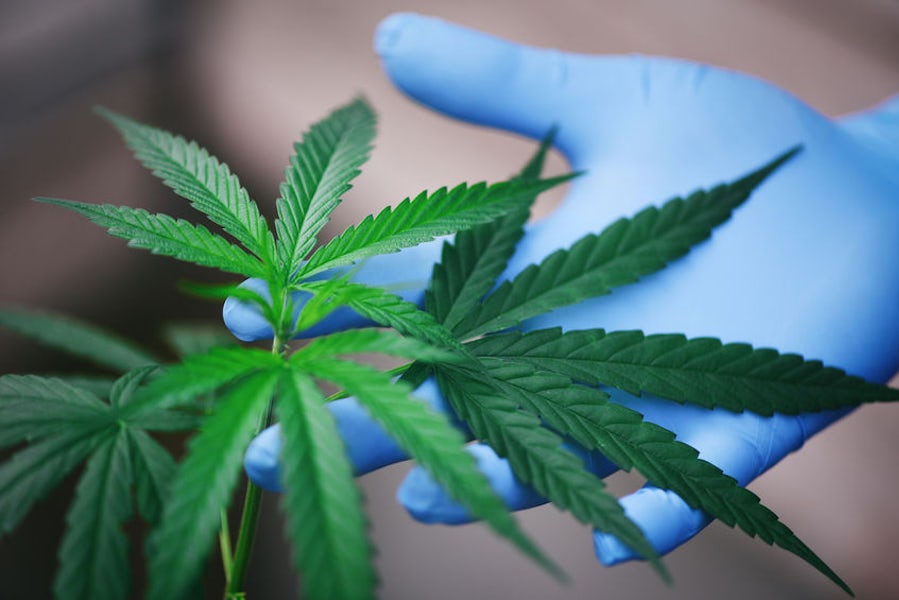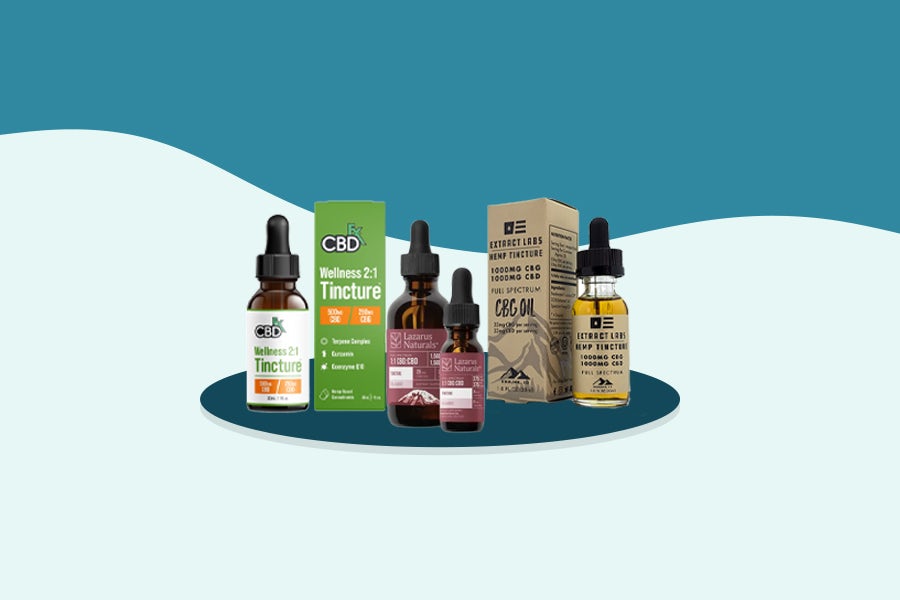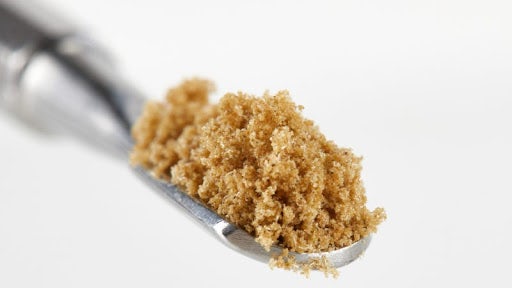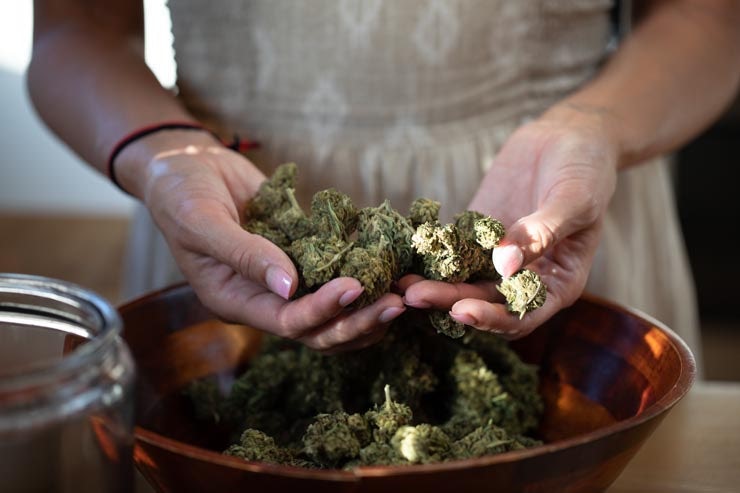CBG (cannabigerol) is by far one of the most important cannabinoids in the cannabis plant. It is often called “the mother of all cannabinoids,” and it holds potential as a treatment for conditions such as diabetes, ALS, and Huntington’s disease, although human studies are seriously lacking. In addition to its potential medical applications, much like CBD, CBG is not considered intoxicating and will not get you high.
Many of the more popular and well-known effects of THC and CBD are derived from their interaction with the endocannabinoid system. CBG, however, mainly works through other mechanisms, which explains why it has such different effects. It is currently being researched as a treatment for a long list of conditions, such as dementia, PTSD, ADHD, Huntington’s disease, ALS, Parkinson’s disease, multiple sclerosis, diabetes, colitis, and of course, pain.
But it’s important to note that when it comes to CBG the word “potential” is of essence. Most of the evidence scientists have found regarding the efficacy of CBG is based on animal models, so it’s too early to say whether they are relevant for humans. And unlike THC and CBD, there’s practically no scientific information about the safety or dosing of CBG-dominant products.
Why is CBG so popular?
First isolated by Rephael Mechulam and Yehiel Gaoni in 1964, CBG is often referred to as “the mother of all cannabinoids,” suggesting that it is superior to other cannabinoids.
One of the reasons marketers often refer to CBG as “the mother of all cannabinoids” is to make it seem as if it is responsible for the benefits of the other cannabinoids, but at this time there is little science to suggest that.
What the “mother of all cannabinoids” really means is that CBGA is produced first by the plant, then is converted to other cannabinoid acids. So really, CBGA is responsible for the creation of THCA, CBDA, and CBCA because the plant needs CBGA to make them. This is important for scientists researching the plant, but does not mean it is superior therapeutically.
In fact, CBG usually occurs in much lower concentrations than other cannabinoids like THC and CBD — typically around 0-1% in a cannabis flower. With the hype surrounding CBG in the past few years, however, breeders have been developing CBG-dominant varieties, and companies are producing a multitude of products such as CBG oils and flowers.
It is important to note that research on the safety of CBG dominant products is remarkably scarce. It is possible that much of the hype about CBG is the result of a regulatory loophole that makes hemp-derived products accessible and legal. CBD has been a huge success in the wellness market, and though CBG is often proposed as its heir, there isn’t much to it yet from a scientific perspective.
CBG vs CBD
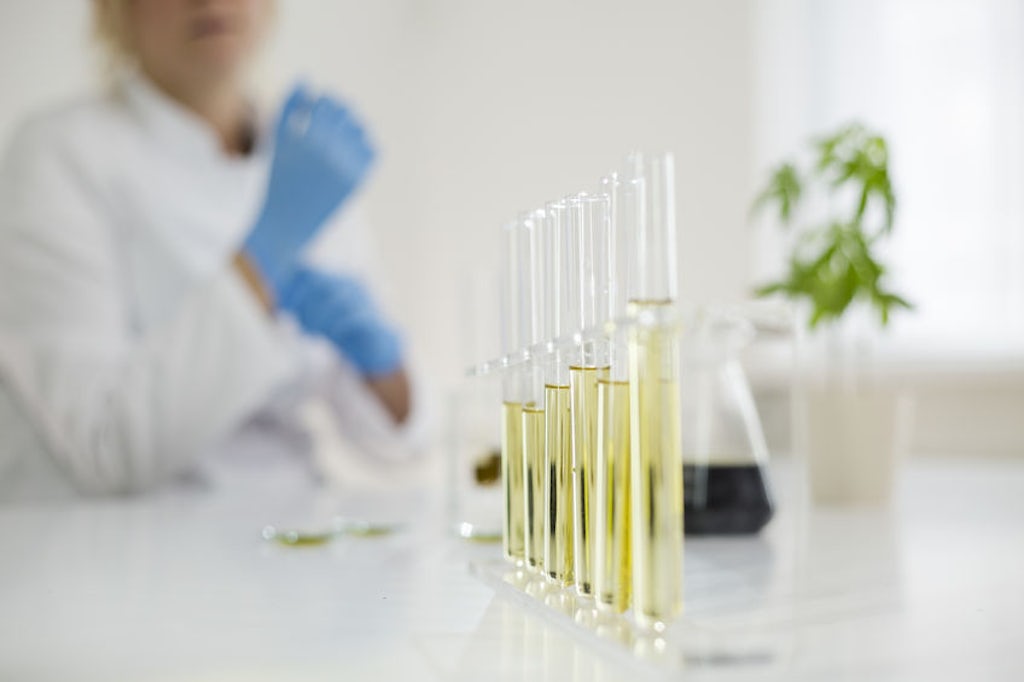
Which is better, CBG or CBD? The answer depends on what you’re trying to achieve. CBG binds to different receptors that can produce a variety of effects in the body. For some conditions, like hypertension, CBG shows potential benefits that CBD doesn’t. In other cases, like controlling seizures, CBD is helpful while CBG isn’t. Still for other symptoms, like inflammation and pain, both CBD and CBG work on the same targets and can have similar effects. It really depends on what you’re trying to achieve.
Unlike CBD, however, research on the safety and efficacy of CBG is practically non-existent. CBD products are often sold as dietary supplements due to a regulatory loophole, but CBD — albeit far from being fully understood — has been heavily studied for its safety and efficacy in a variety of symptoms and conditions. CBG products are accessible through the same regulatory loophole, but there’s not enough research to assess the safety and efficacy of CBG dominant products, especially when it comes to drug interactions.
How does CBG work?
Unlike THC, which primarily interacts with the receptors of the endocannabinoid system, CBG produces most of its effects by binding to other families of receptors such as TRPs and the PPARs. This is important because it is one of the reasons CBG can produce such different effects than THC.
Some of the receptors CBG interacts with are of interest for treating neurodegenerative and metabolic conditions, but others could actually cause drug interactions with medications that treat conditions like depression. The research on how CBG works is still ongoing and is fairly complex, but here’s a simplified review of what science knows.
CBG and the PPARs
The PPARs (short for Peroxisome Proliferator-Activated Receptors) are a group of receptors with three main types — PPAR alpha, gamma, and delta. PPAR-gamma plays a crucial role in the functioning of the nervous system and is also involved in the mechanisms of conditions such as diabetes and obesity. In fact, pharmaceutical companies have produced medications designed to treat diabetes (type II) that work on this receptor, but the drugs have been associated with serious side effects.
CBG is suggested to be an agonist (activator) of PPAR-gamma, which may explain its potential role in treating neurodegenerative disorders such as Alzheimer’s disease, Parkinson’s disease, multiple sclerosis, and its potential for treating metabolic diseases like diabetes and high cholesterol.
CBG and the alpha-2 adrenoceptor
CBG is a potent agonist (activator) of alpha-2-adrenoceptor, which means it could potentially have utility as an anti-hypertensive, sedative, and analgesic. It could also play a potential role in improving impaired prefrontal cortex functioning, which is relevant for conditions such as ADHD, tic disorders, PTSD, and dementia. While all of this is exciting, it’s important to note that researchers’ understanding of this mechanism is still very limited, and CBG has not formally been tested for any of these conditions.
All existing research on CBG is preliminary and based exclusively on animal models or lab studies done in test tubes. It is not yet clear to scientists exactly how CBG interacts with the three different types alpha-2 adrenoceptors, known as subtypes. As a consequence, the effectiveness of CBG for these conditions remains unknown. In addition, it is not known if CBG produces adverse effects related to the alpha-2 receptors such as changes in blood pressure, sedation, or interactions with other cardiovascular medications.
How CBG works with TRP receptors
The TRPs (Transient Receptor Potential) are a large and diverse family of receptors that are usually involved in sensing and feeling changes in temperature. TRPs can interact with phytocannabinoids like THC and CBD, and other plant chemicals like capsaicin and menthol. The importance of these receptors are still being studied, but CBG can activate some of them to various degrees (TRPV1, 2, 3, and 4 and TRPA1) and block others (TRPM8). Some of the activities are similar to the way CBD interacts with these receptors, and may explain how CBG could potentially help with chronic pain, inflammation, and skin health.

CBG’s interaction with serotonin
You may have heard of serotonin, an important neurotransmitter that plays a role in regulating functions such as mood, happiness, sleep, and hunger. Serotonin is particularly well known for the role it plays in conditions like depression and the group of SSRI (selective serotonin reuptake inhibitor) medications that influence it. One of many receptors serotonin binds to is 5-HT1a, with which many endocannabinoids and phytocannabinoids like CBD and CBG also interact.
CBG is a potent antagonist (blocker) of 5-HT1a, which means it could easily alter the effects of other psychiatric medications. However, the way CBG influences serotonin hasn’t been properly studied. Some researchers fear the potential dangerous consequences of high-CBG products being available to the public before its drug interactions and effects are better understood.
How CBG works on cannabinoid receptors
CBG can bind to the two main cannabinoid receptors (CB1 and CB2), but this interaction seems to be somewhat weak and produce complex pharmacological effects. GPR-55, a receptor that is increasingly being called a “potential CB3 receptor,” but currently there’s no knowledge about the activity of CBG on that receptor.
The benefits of CBG
CBG presents a rich pharmacological profile that could potentially have a lot of benefits for neurodegenerative conditions like Huntigton’s disease, ALS, Parkinson’s disease, and MS. It may also be of great benefit in inflammatory conditions like colitis, and also for metabolic conditions like diabetes and obesity. Once again, it’s extremely important to note that CBG research is still in its infancy and is very limited. Scientific evidence of its efficacy and safety in humans is practically non-existent.
The best way to use the following information is when trying to find the right strain for you. If CBG shows potential for the condition you’re treating, it may make sense to prioritize cannabis products with some CBG. However, unless prescribed by a health care professional that specializes in cannabis therapy, you should avoid using CBG-dominant products such as CBG oil in order to avoid potential contraindications and drug interactions.

The potential of CBG as a neuroprotector
CBG is currently being studied as a potential treatment for neurodegenerative conditions such as Huntington’s disease, ALS, Parkinson’s disease and multiple sclerosis. Scientists believe the neuroprotective properties of CBG (but also CBD) are mediated mainly through their interaction with the PPARγ receptor (which is not technically part of the endocannabinoid system).
- CBG and Huntington’s disease
Research on CBG as a treatment for Huntington’s disease shows it could be beneficial in preventing striatal neuron death (one of the main symptoms of Huntington’s disease), reducing inflammation, and improving motor activity. Some studies were more promising than others, and even more important — the studies were done in cell cultures or in animal models and have yet to be examined on humans. - CBG and ALS
In a 2018 study, a derivative of CBG (called VCE-003.2) was able to improve neuropathological symptoms, and delay the progression of ALS in mice. Applicability in humans is still unclear, but PPAR-gamma and antioxidant effects were thought to be responsible.
- CBG and Parkinson’s disease
Using the same CBG derivative, the authors of another 2018 study were able to reduce three types of inflammation associated with Parkinson disease in mice. Again, this study was in mice and it’s unclear if this translates to humans.
- CBG and MS (multiple sclerosis)
A 2012 study that looked at the potential of a CBG derivative in the treatment of Multiple Sclerosis concluded that it could potentially treat MS related inflammation in the central nervous system and help restore motor function impairment. Once again it is thought that CBG does this by reducing inflammation and preventing cellular damage as an antioxidant, but for now we only know that it’s effective in mice.
CBG could help with gastrointestinal disease
- CBG and colitis
A 2013 study on CBG for inflammatory bowel diseases concluded that “CBG may represent a new therapeutic opportunity in IBD.” The researchers suggested that CBG could be effective in preventing and treating colitis. A 2020 study examined the efficacy of CBG vs CBD for treating colitis in mice, finding that CBG was effective but CBD was not. The scientists then compared CBG and fish oil, CBD and fish oil, or all three together, and found that CBG combined with fish oil was more effective than CBD and fish oil, and that all three together were the most effective.
- CBG and chemotherapy associated weight loss and loss of appetite
There are studies showing CBG can increase appetite and reduce weight loss associated with chemotherapy, although in an earlier study CBG didn’t demonstrate any impact on appetite. So the jury is still out when it comes to appetite and CBG. One of the reasons this is an interesting research direction is because unlike THC, which is being looked at as a therapy to help with weight loss, CBG won’t get you high.

CBG for diabetes and hypertension
Diabetes and hypertension play a leading role in metabolic syndrome, a condition that affects up to one-third of adult Americans. Metabolic syndrome is described as a combination of elevated glucose, obesity, hypertension, and high cholesterol, and CBG shows signs as a potential treatment for both insulin resistance and hypertension. Although the evidence is preliminary, it seems to be very promising.
- Hypertension
CBG is currently the only cannabinoid known to activate alpha-2 receptors, which could mean that it has a role in treating high blood pressure. - Insulin resistance
A 2020 study showed that CBG, and the combination of CBG and CBD, could potentially increase insulin sensitivity. This makes sense given that CBG is an activator PPAR-gamma and there are already FDA approved drugs with this same mechanism for treating diabetes.
How to use CBG

There is great potential for CBG’s therapeutic uses, but science has a long way to go before we’ll have reliable information on how and when to use CBG products. Whether it is CBG oil, CBG cannabis flower, or any other CBG-dominant product, you should be cautious. Particular caution should be used if you take prescription medications, as CBG’s potential drug interactions, dosing recommendations, and contraindications are still being investigated.
Many marijuana chemovars on the market today have varying levels of CBG. If you already have a cannabis regimen for one of the conditions that could be helped by CBG (Huntington’s disease, ALS, Parkinson’s disease, MS, etc ) it would make sense to seek out products or strains that have at least some CBG. However, unless you’ve consulted a healthcare professional with cannabis expertise, you should probably avoid products in which CBG is the primary active ingredient.
With the potential to treat a lot of incurable and burdensome conditions, cannabigerol is indeed one of the most interesting cannabinoids out there. However, for now the research is still too limited for good guidance surrounding its use. Until its safety and efficacy are more properly understood, you may want to wait before jumping on the CBG bandwagon.
Sign up for bi-weekly updates, packed full of cannabis education, recipes, and tips. Your inbox will love it.

 Shop
Shop Support
Support